Would you step outside your comfort zone for a taste of adventure? America’s food scene is brimming with unique and controversial dishes that challenge even the boldest eaters. From unexpected ingredients to daring flavors, these foods carry rich cultural stories, bold traditions, and heated debates.
Each bite offers more than just flavor—it’s an experience that pushes boundaries and sparks conversations. As you explore this list, you’ll discover what makes these unconventional choices so captivating and why they continue to fascinate and divide food lovers.

1. Rocky Mountain Oysters
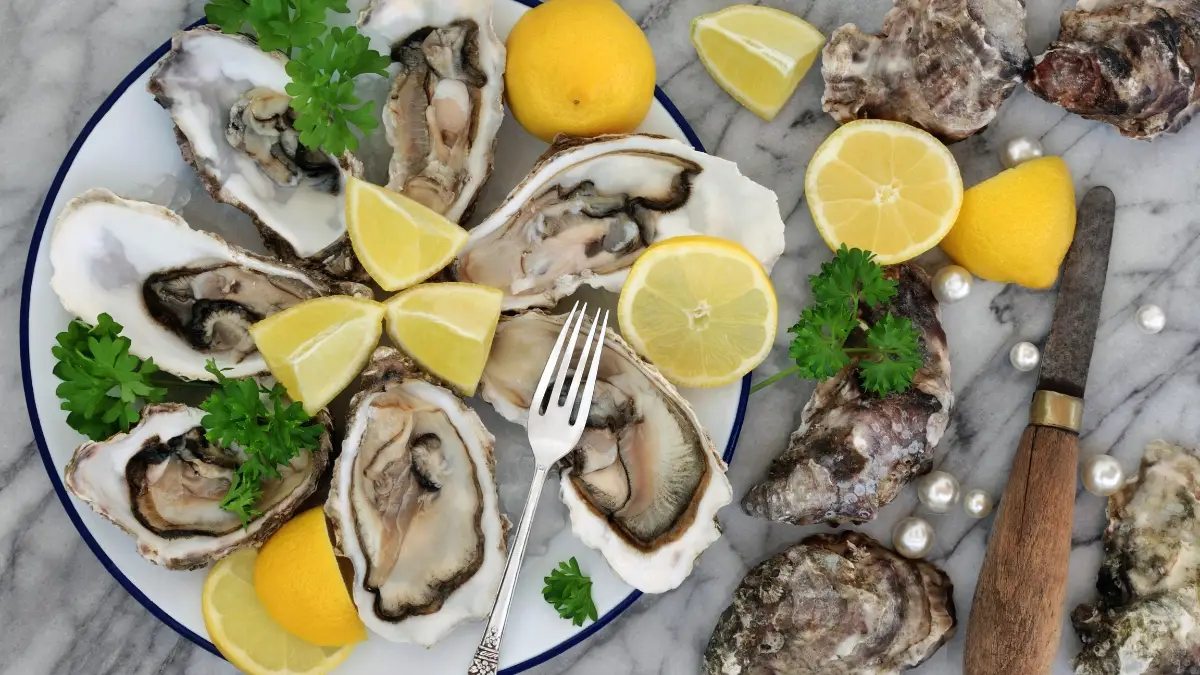
Rocky Mountain Oysters are not what their name suggests. Instead of seafood, they are bull testicles, a dish firmly rooted in the traditions of the American West. Ranchers historically crafted this dish as a way to minimize waste after cattle castrations. Today, it is served battered and deep-fried, often paired with a tangy dipping sauce.
The preparation transforms these organs into crispy, golden bites with a tender interior. Their flavor is mild, resembling chicken or pork, but the idea of what they are often sparks debate. Adventurous foodies appreciate their novelty, while others steer clear purely based on the description. Despite their reputation, these “oysters” remain a symbol of culinary bravery and a popular menu item at rodeos and festivals.
For some, it’s a quirky story to share after a trip out West. For others, it’s simply a tasty snack. Either way, they stand out as a unique part of regional cuisine.
Related Article:
15 Hydration Mistakes That Are Destroying Your Body After 50
2. Casu Marzu-Inspired Cheese Variants

Though Casu Marzu, a Sardinian cheese crawling with live maggots, is banned in the U.S., it has inspired adventurous American cheesemakers. They experiment with cheeses aged in unusual ways or containing live cultures that offer a similar sensory experience. These cheeses aim to push boundaries without crossing legal or safety limits.
The flavor profiles of such cheeses are complex, often described as intensely tangy or sharp, with a texture ranging from creamy to crumbly. The challenge for many isn’t the taste but the mental hurdle of eating something that feels unconventional. Enthusiasts claim these cheeses offer a depth of flavor unmatched by conventional varieties.
While they aren’t mainstream, niche markets have embraced these bold options. Specialty stores and food festivals often showcase them, attracting thrill-seeking food lovers. They provide a curious glimpse into what’s possible when traditional cheese-making meets bold innovation.
3. Balut

Photo Credit: mashed.com
Balut is a fertilized duck egg containing a partially developed embryo. Although it originates in Southeast Asia, this dish has made its way into niche markets across the U.S. It’s commonly steamed and eaten straight from the shell, often with a dash of salt or vinegar.
For many, the texture is a mix of tender yolk, soft bones, and broth-like liquid. While its appearance may deter first-timers, its rich flavor has won over those willing to try it. Supporters claim it’s a nutrient-packed delicacy, while critics argue it’s too visually challenging to enjoy.
Cultural significance plays a big role in its appeal. For Filipino and Vietnamese communities in the U.S., it’s a taste of home and a source of nostalgia. While not everyone embraces this controversial food, it’s a striking example of how diverse culinary traditions enrich America’s food scene.
4. Kopi Luwak Coffee

Kopi Luwak is one of the world’s most expensive and controversial coffees. The beans are eaten and excreted by civets, small mammals native to parts of Asia. This digestive process alters the beans, reportedly giving the coffee a smooth, low-acidity flavor.
The production process raises significant ethical questions. Critics highlight concerns about animal welfare, as some civets are kept in poor conditions to meet demand. Sustainable and ethical sourcing has become a priority for conscientious buyers, with certifications aimed at addressing these issues.
Despite the controversy, Kopi Luwak remains a fascination for coffee enthusiasts. Its rare preparation method, coupled with its premium price, makes it a status symbol for some. For others, it’s an indulgence worth trying at least once. Whether appreciated for its flavor or criticized for its production, it’s undeniably a conversation starter.
5. Brain Tacos
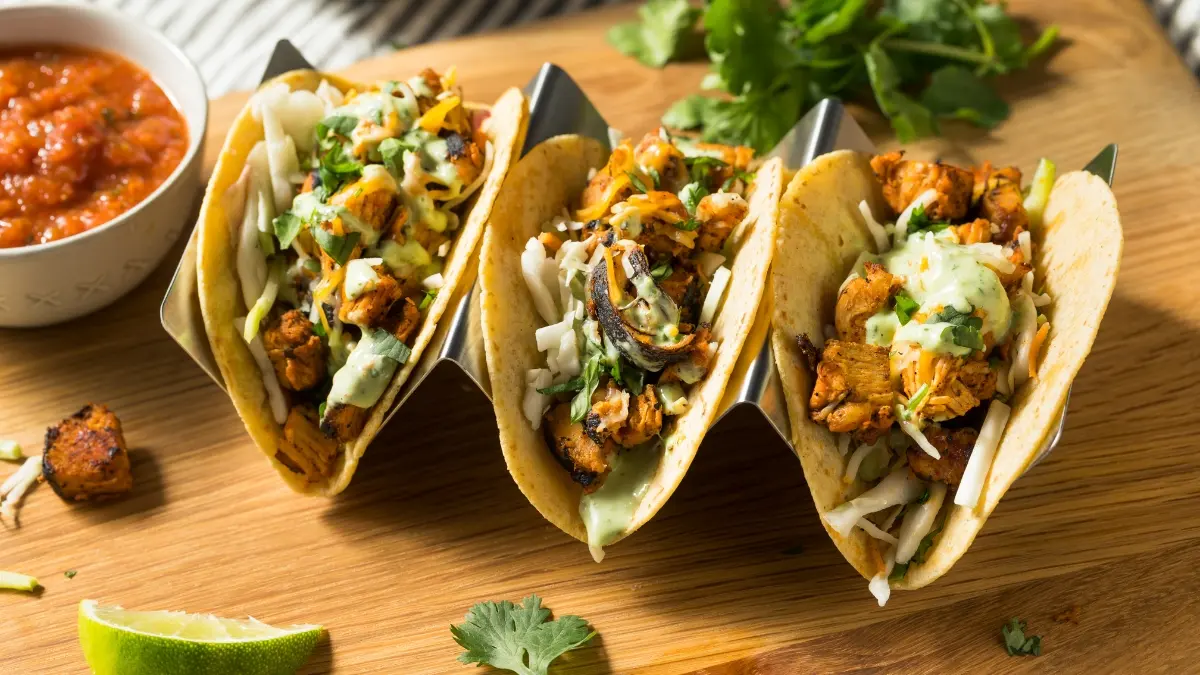
Tacos filled with cow brains, or sesos, are a divisive part of Mexican-American cuisine. This dish, often found in authentic taquerias, boasts a creamy, rich texture that sets it apart from more common taco fillings.
The preparation typically involves slow cooking the brains with herbs and spices until they reach a soft, spreadable consistency. Served in warm tortillas with toppings like onions, cilantro, and salsa, they deliver a bold culinary experience. However, the concept of eating brains can be unsettling for many.
Despite the hesitation, brain tacos have a loyal following. For those who grew up with them, they carry cultural and nostalgic value. For curious eaters, they represent a chance to explore traditional flavors. While they remain a polarizing choice, they offer a glimpse into the culinary diversity that defines America’s food culture.
6. Insect-Based Snacks

Cricket flour and mealworms are redefining the protein snack industry. These insect-based products are packed with nutrients, offering a sustainable alternative to traditional protein sources. Protein bars, chips, and even pasta made from cricket flour are slowly making their way into health-conscious and eco-aware markets.
Insects are high in protein, iron, and essential amino acids. They require fewer resources to farm compared to livestock, making them an environmentally friendly option. While the idea of eating bugs might seem off-putting, many people find that these snacks taste no different from their conventional counterparts.
Food innovators are marketing these snacks as a way to combat food insecurity and reduce the environmental impact of farming. Despite their growing popularity, cultural resistance remains a hurdle. For some, the thought of insects as food is simply too unconventional. However, for adventurous eaters and sustainability advocates, these snacks are a small but bold step toward the future of food.
7. Blood Sausage

Blood sausage, or black pudding, is a traditional dish made from animal blood, fat, and grains. Its deep, earthy flavor and distinctive texture make it a favorite in many cultures, but its ingredients often provoke strong reactions.
This sausage has a long history in European and Latin American cuisines. It is pan-fried, grilled, or boiled, and pairs well with hearty sides like potatoes or bread. The rich taste comes from its unique combination of ingredients, while the spices used in its preparation can vary widely by region.
Many find the concept of eating congealed blood unappealing, while others consider it a delicacy with deep cultural roots. For some, trying blood sausage is a way to connect with culinary traditions from around the world. Whether it’s a beloved comfort food or an unsettling experience, it’s undeniably one of the most polarizing dishes around.
8. Pickled Pig’s Feet
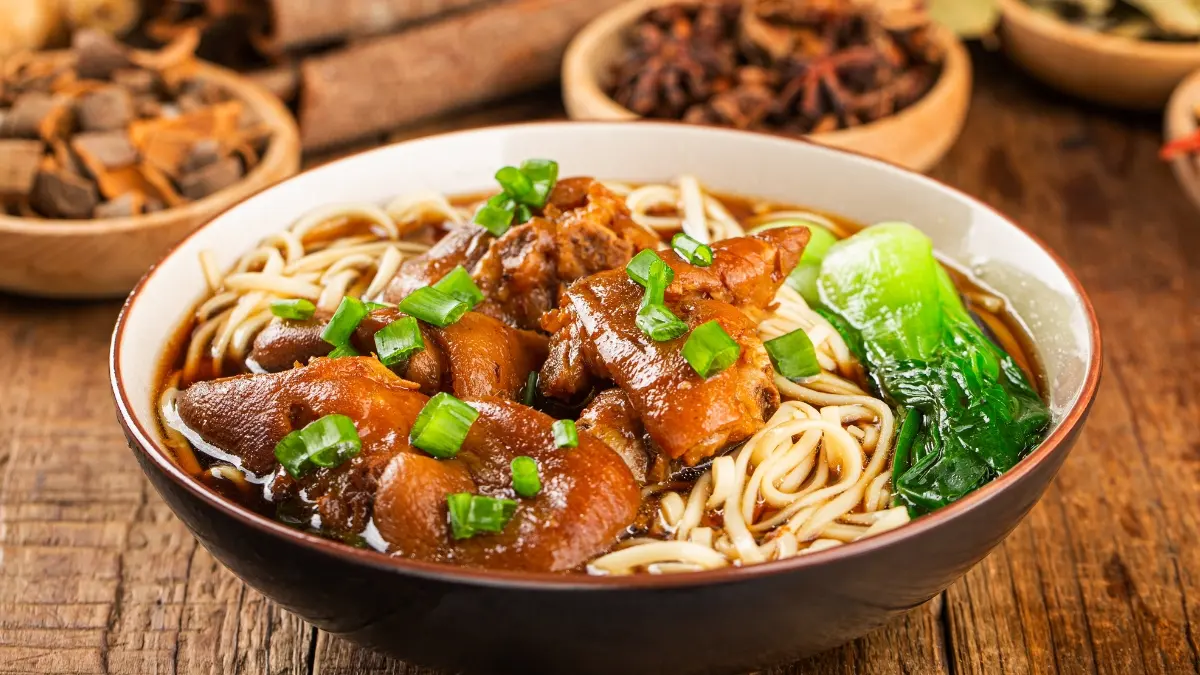
Pickled pig’s feet are a classic Southern delicacy that sparks strong opinions. The brining process gives these meaty treats their tangy, salty flavor, while the gelatinous texture can be an acquired taste.
These pig parts are usually preserved in vinegar-based brine with spices, creating a snack that’s packed with bold flavors. Served straight from the jar or as part of a dish, they’re often enjoyed with hot sauce or crackers. While they were once a practical way to use every part of the animal, they’ve evolved into a nostalgic food with a cult following.
For some, the gelatinous texture and strong taste are a deterrent. For others, they’re a link to family traditions and Southern culture. Regardless of opinion, pig’s feet remain a testament to how resourcefulness in cooking can create something uniquely flavorful.
9. Shark Fin Soup Substitutes
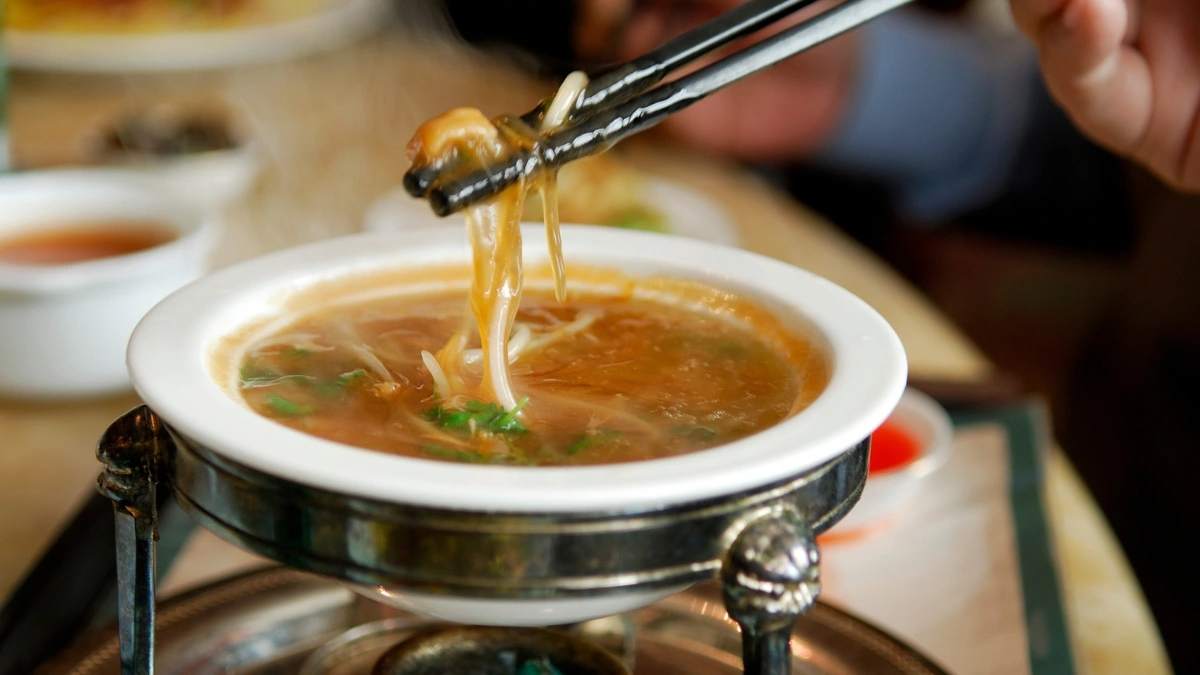
Shark fin soup has long been a symbol of luxury in some Asian cuisines. However, its controversial nature due to environmental and ethical concerns has led to the rise of substitutes. These alternatives mimic the texture and flavor of real shark fins without the ecological impact.
Most substitutes are made from gelatin, agar, or plant-based ingredients. They aim to preserve the dish’s cultural significance while addressing conservation issues. The real version of the soup has faced backlash because of the devastating effects of overfishing and finning practices on shark populations.
While some purists argue that the substitutes fall short, many diners appreciate the shift toward sustainability. These alternatives offer a way to enjoy a revered dish without contributing to the harm. As awareness grows, the push for substitutes reflects an evolving balance between tradition and responsibility.
10. Foie Gras

Foie gras is a luxury food made from the fattened liver of ducks or geese. Its creamy texture and rich taste are celebrated by chefs, but its production methods remain a point of contention.
The process involves force-feeding the birds to enlarge their livers, which animal welfare advocates criticize as cruel. Despite the controversy, foie gras continues to be a staple in high-end dining. It’s served in various forms, from terrines to seared slices, often paired with sweet or tangy accompaniments.
Several regions in the U.S. have debated or enacted bans on its production and sale. This hasn’t stopped imports or diminished its appeal among food enthusiasts who value its unique flavor profile. The ethical debate surrounding foie gras mirrors broader discussions about the balance between culinary tradition and animal welfare.
11. Raw Milk Products
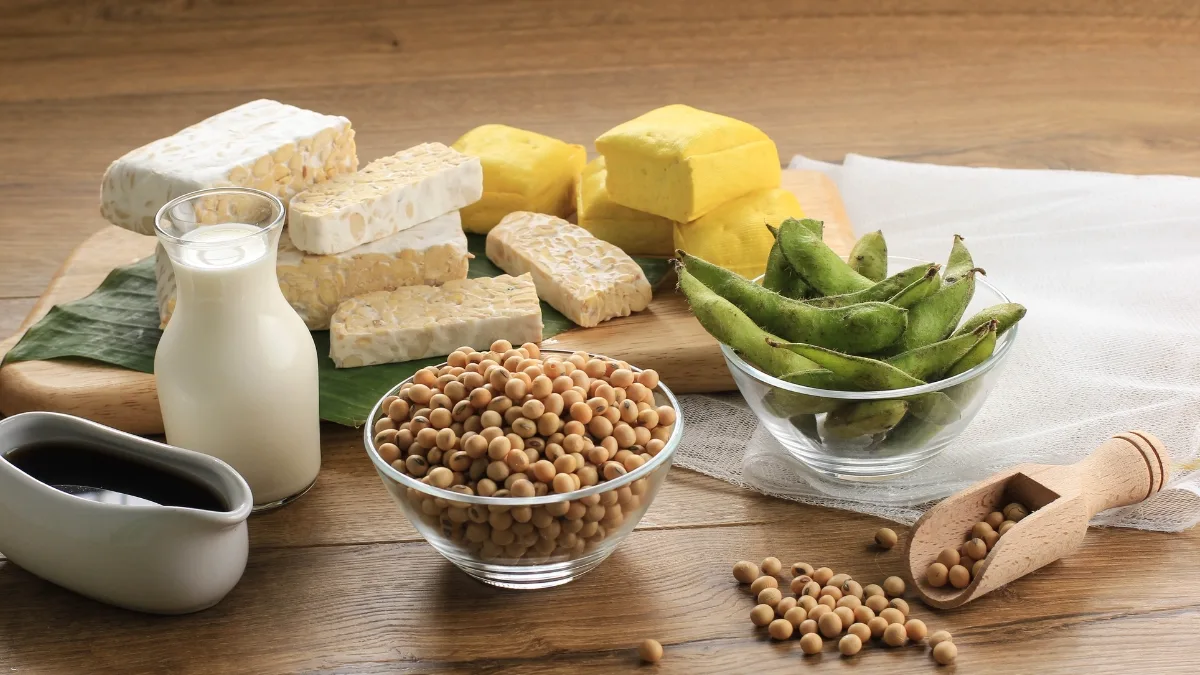
Raw milk products, including cheese, butter, and yogurt, often spark passionate debates. Advocates highlight their fresh taste and potential health benefits, claiming they retain nutrients lost in pasteurization. Critics, however, warn about safety concerns, citing the risk of harmful bacteria like E. coli and salmonella.
The demand for raw milk has grown among health-conscious consumers who believe it supports gut health and strengthens immunity. Farmers markets and small dairy farms are common sources for these products. Federal regulations prohibit the interstate sale of raw milk, though many states allow local sales.
Taste plays a big role in its appeal. Raw milk cheese, for instance, boasts a complex flavor that enthusiasts argue is unmatched by pasteurized versions. Despite its popularity in niche circles, public health officials caution against consuming raw milk, particularly for vulnerable groups. It’s a product that divides opinion while holding a unique spot in culinary culture.
12. Alligator Meat
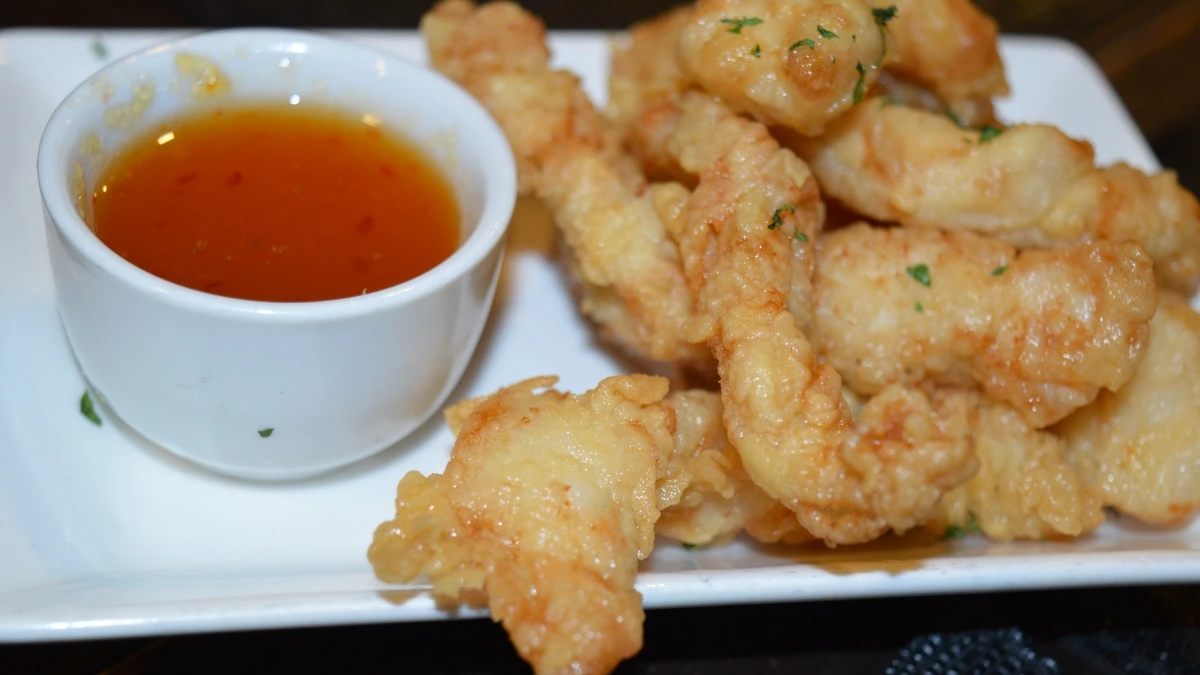
Alligator meat is a staple in Southern cuisine, particularly in states like Louisiana and Florida. This exotic protein is lean, high in protein, and surprisingly versatile. Its flavor is often described as a cross between chicken and fish, making it an interesting choice for adventurous eaters.
Popular preparations include frying, grilling, or slow-cooking in stews and gumbos. The texture varies depending on the cut, with the tail being tender and the legs tougher. While alligator is common in the South, it’s still a curiosity for many outside the region.
The meat is often sourced from farm-raised alligators, ensuring sustainability. However, some conservationists remain wary of the broader impact on wild populations. For those willing to try it, alligator dishes offer a taste of Southern tradition paired with a hint of the wild.
13. Century Eggs

Century eggs, also known as preserved duck eggs, are a striking sight. Their blackened, translucent whites and dark green yolks are the result of a curing process using clay, ash, and salt. This method transforms the eggs, creating a bold flavor that’s savory and slightly sulfuric.
They are often eaten with rice porridge or as part of a cold appetizer. For newcomers, the appearance and strong smell can be intimidating. Despite this, century eggs are a cherished delicacy in Chinese cuisine and a source of nostalgia for many.
In recent years, they’ve gained attention in fusion dishes, introducing the unique ingredient to broader audiences. Whether viewed as a fascinating culinary tradition or an acquired taste, they remain a testament to the art of preservation and bold flavors.
14. Geoduck

Geoduck, a large clam native to the Pacific Northwest, is known for its odd appearance and hefty price tag. Its long, protruding neck and shell can be off-putting, but its sweet, briny flavor makes it a favorite among seafood lovers.
Often served raw as sashimi or lightly cooked, geoduck is prized for its crunchy texture and unique taste. Harvesting this clam is labor-intensive, contributing to its high cost. Overfishing and environmental concerns have also made sustainable practices essential for its continued availability.
While it’s considered a delicacy in parts of Asia, where it’s exported in large quantities, many in the U.S. view it as a regional specialty. Trying geoduck is often seen as a badge of honor for seafood enthusiasts seeking something out of the ordinary.
15. Ghost Pepper Hot Sauces
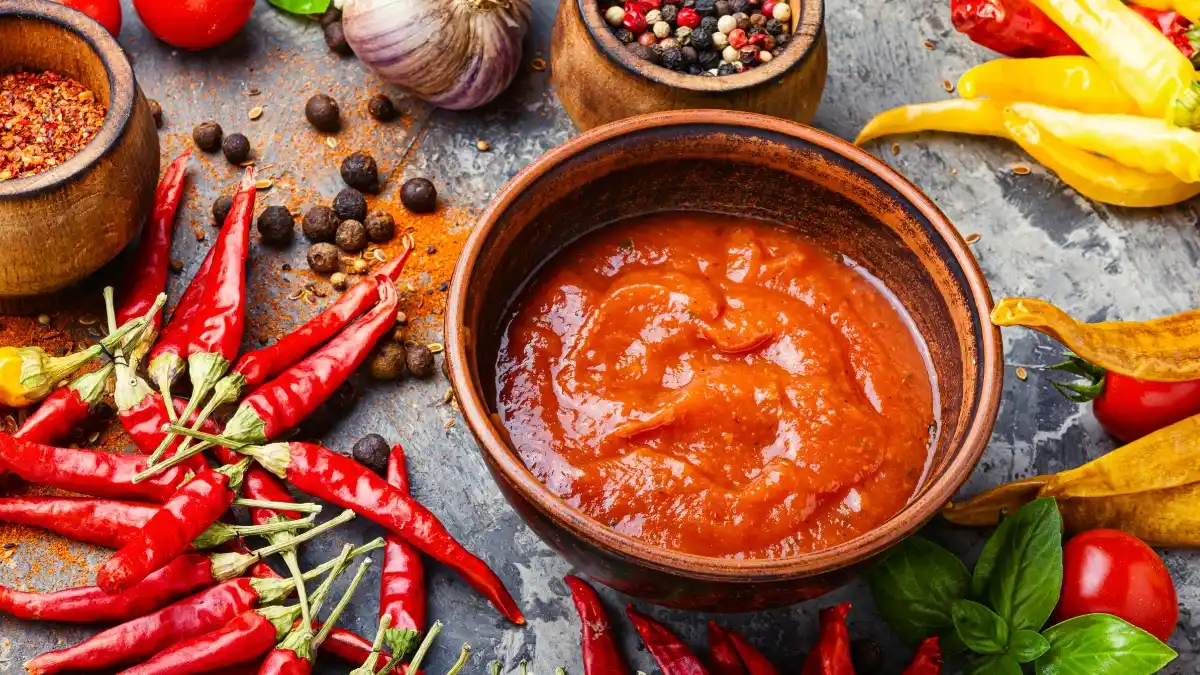
Ghost pepper hot sauces aren’t for the faint of heart. Known for their searing heat, these sauces are made from one of the world’s hottest chili peppers, the Bhut Jolokia. Measuring over one million Scoville Heat Units, ghost peppers pack a punch that leaves even seasoned spice lovers sweating.
The allure of these sauces lies in their intensity. A small dab can elevate a dish while delivering an adrenaline rush. Fans of extreme heat appreciate the pepper’s smoky, slightly fruity undertones that complement the fire.
For those unprepared, the burn can be overwhelming and even painful. Many approach ghost pepper sauces as a challenge, with viral videos capturing reactions to their fiery kick. While they might not be an everyday condiment, they’re an exciting addition for anyone seeking to test their spice tolerance.


